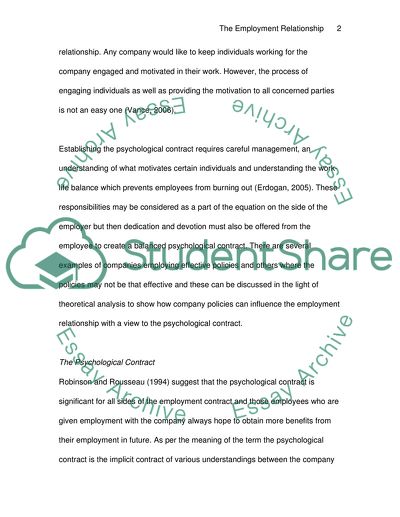Cite this document
(Control and Regulation of Labor Relations Essay Example | Topics and Well Written Essays - 1250 words, n.d.)
Control and Regulation of Labor Relations Essay Example | Topics and Well Written Essays - 1250 words. https://studentshare.org/human-resources/1541666-the-employment-relationships-is-based-on-a-contract-entered-into-by-equal-parties-but-it-is-in-fact-a-relationship-characterised-by-parties-with-unequal-power
Control and Regulation of Labor Relations Essay Example | Topics and Well Written Essays - 1250 words. https://studentshare.org/human-resources/1541666-the-employment-relationships-is-based-on-a-contract-entered-into-by-equal-parties-but-it-is-in-fact-a-relationship-characterised-by-parties-with-unequal-power
(Control and Regulation of Labor Relations Essay Example | Topics and Well Written Essays - 1250 Words)
Control and Regulation of Labor Relations Essay Example | Topics and Well Written Essays - 1250 Words. https://studentshare.org/human-resources/1541666-the-employment-relationships-is-based-on-a-contract-entered-into-by-equal-parties-but-it-is-in-fact-a-relationship-characterised-by-parties-with-unequal-power.
Control and Regulation of Labor Relations Essay Example | Topics and Well Written Essays - 1250 Words. https://studentshare.org/human-resources/1541666-the-employment-relationships-is-based-on-a-contract-entered-into-by-equal-parties-but-it-is-in-fact-a-relationship-characterised-by-parties-with-unequal-power.
“Control and Regulation of Labor Relations Essay Example | Topics and Well Written Essays - 1250 Words”. https://studentshare.org/human-resources/1541666-the-employment-relationships-is-based-on-a-contract-entered-into-by-equal-parties-but-it-is-in-fact-a-relationship-characterised-by-parties-with-unequal-power.


